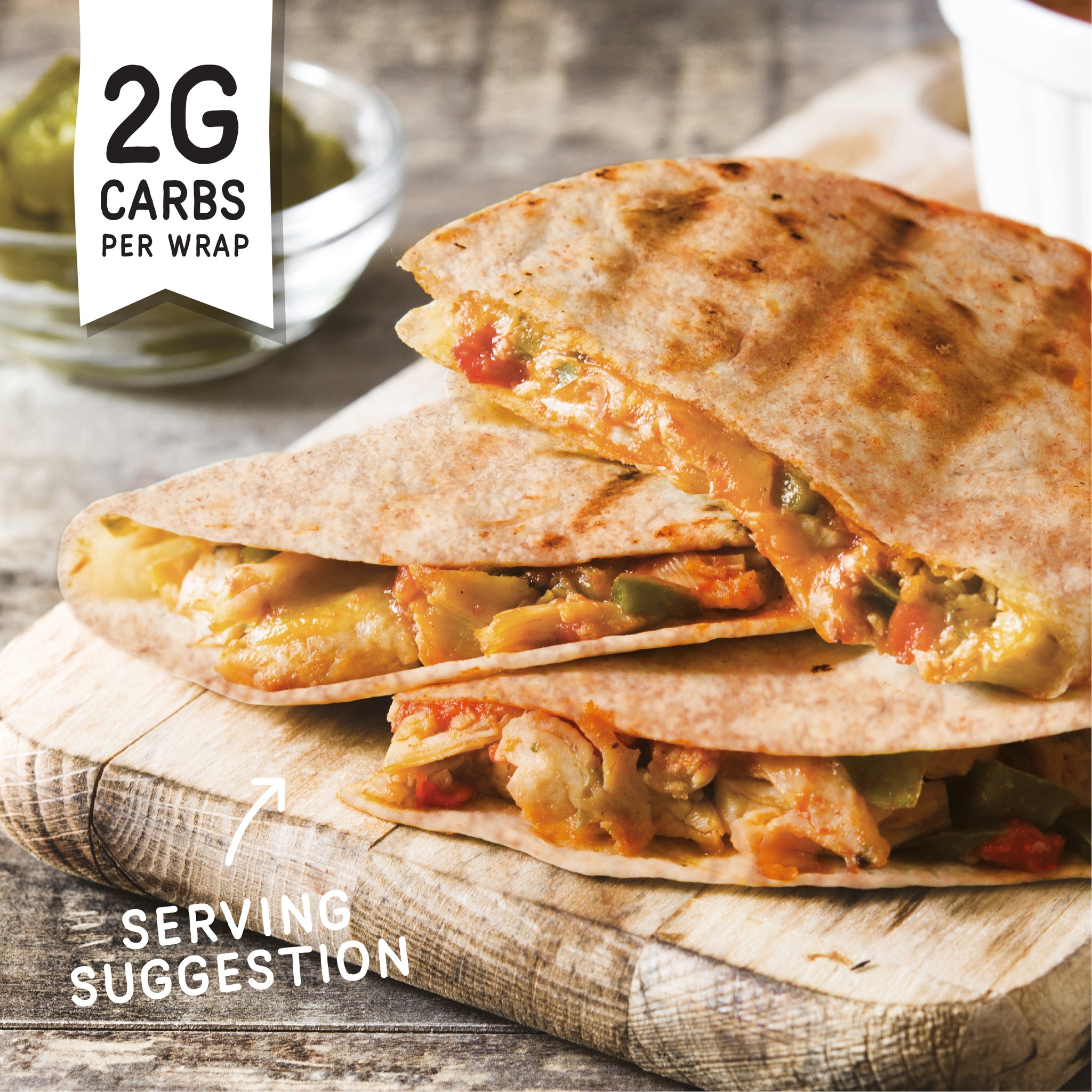For centuries bread has been a cozy companion at every table comforting, tasty, and always just within reach. But if you’re focused on less carbs or eating a healthier diet the traditional loaf begins to lose its charm. Low-carb wraps have emerged as a bold alternative, providing the same structure and pleasure of bread but with just a little of the carbs, and an array of other benefits.
These wraps are not only practical, they’re redefining how people view calories, carbs and balance in daily meals. This is what makes them different and the reasons they’re worth a place in your daily routine.
From Bread to Better Wraps: Why they Work
Wraps are a staple in the kitchen, and for a good reason. They’re easy, flexible and great for people who are always at the go. Regular wraps may not be as “light” or healthy as they seem. The carb content of the typical flour tortilla is comparable to two slices of white toast. Many people don’t even realize this until they are well into their “healthy lunch”.

Image credit: fitbakes.co.uk
Wraps with low-carbohydrates are a healthier and more contemporary option. They’re not just thin versions of bread, they’re composed of ingredients such as almond flour or flaxseed. Oat flour and coconut flour fibre can also aid in reducing carbs.
It means that you’ll be able to relish your chicken wrap, breakfast burrito, or veggie roll-ups without feeling tired or breaking your nutrition goals.
Non Carb Bread – The Impossible Ideation That’s Not Really Impossible
It’s an eating-related myth to suggest that bread is not made from carbs. How is it possible that bread does not contain carbs? It’s a sign that we’ve got a fresh concept of what “bread” should be. There is no food that is 100% carb-free unless it’s made of the purest fats or proteins, however, some bread substitutes come close.
These bread substitutes, which are made from egg whites and plant-based flours like nuts and seeds, emulate the texture and flavor of traditional loaves, without raising your blood sugar. If you are following keto, low-glycemic or diabetic-friendly meals the options available can be the one-stop solution between sticking to the plan and falling off the wagon.
Tortilla Wrap Calorie Breakdown: What’s Actually in Your Wrap?
Here’s something that surprises a lot of people: the typical tortilla wrap calorie count can be much higher than expected. The big, soft tortilla you buy at your favorite restaurant for lunch? It could be containing 200-300 calories before you’ve even added your filling.
Not all wrappings are the same
If you choose to switch to a low carb wrap, you’ll often cut the calorie count nearly to a quarter, often down to between 70 and 100 calories per wrap. You’re also replacing empty starches with protein, fiber, and real food. That’s a win in every category.
Calories and Wrap Tortillas The Truth
It’s easy to think “it’s simply wrapping” but when you consider the calories contained within a wrap tortilla the numbers can add up quickly. It’s not just about counting calories when you choose the right wrap. You can decide the source of your calories. You can select between 150 calories of refined flour and preservatives or 100 calories of ingredients which are beneficial to your well-being.
If you’re next checking the labels on the shelves Do not simply scan for carbohydrates. Beware of the junk food wraps and pick ones with nutrients and fiber as well as clean ingredients. While the calories in wraps may be similar however they’ll have significantly different effects on you.
Final Bite
Wraps that are low in carbs and breads that aren’t carb-free aren’t just trends. They’re solutions too. They demonstrate that healthy eating doesn’t mean sacrificing satisfaction.
If you’re preparing your meals for the week or grabbing a quick bite before work, know that your wrap has the capacity to not only hold your fillings. It will also support your goals, one delicious bite at each bite.